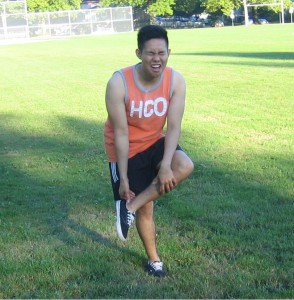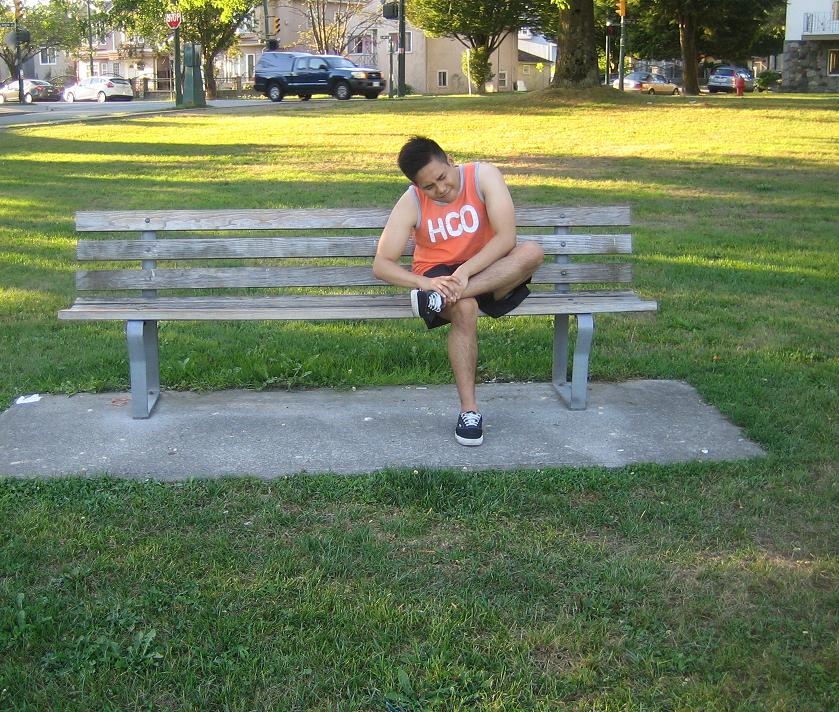Shin splints is a common issue during exercise. Generally, this condition is an inflammation of the tendons, muscles and bone found around your tibia. This condition usually develops after physical activity, mostly activities that are associated with running. Any vigorous sport or physical activity can also bring shin splints, especially to those who are still starting out. The pain usually occurs at the inner border of the tibia, this is where the muscles attach to the bone.
Signs and symptoms
- Pain along the border of the tibia.
- Swelling
Treatment for shin splints

For non-surgical treatment, rest is necessary as shin splints are generally due to overuse. Generally, the standard treatment includes taking a break for several weeks from the activity that caused the pain.
The use of non-steroidal anti-inflammatory medicine, such as ibuprofen, aspirin, and naproxen can be taken to help reduce pain and swelling.
Apply cold packs for twenty minutes at a time, several times a day. Do not apply directly to the skin. Wear an elastic compression bandage to help prevent any additional swelling.
Wearing shoes that have good cushioning during your daily activities will help reduce stress in your shins. Those who have flat feet or have recurring issues with shin splints can opt for orthotics. This can help with aligning and stabilizing the foot and ankle, taking off stress on the lower leg.
For surgical treatments, only a few cases required surgery. The doctor only performs surgery in severe cases that fail to respond to conservative treatment. It is unclear how effective surgery is, however.
Prevention
- Wearing a proper fitting athletic shoe.
- Slowly building your fitness level, increase the intensity, duration, and frequency of your exercise gradually.
- Cross train by alternating jogging with lower impact sports such as swimming or cycling.
FACT CHECK
https://en.wikipedia.org/wiki/Shin_splints
https://www.webmd.com/fitness-exercise/shin-splints#1
https://orthoinfo.aaos.org/en/diseases–conditions/shin-splints/
